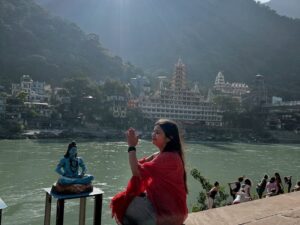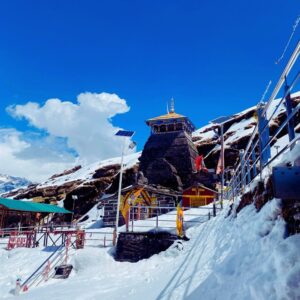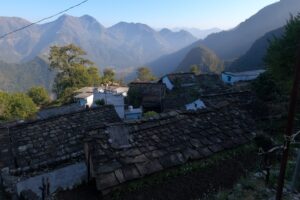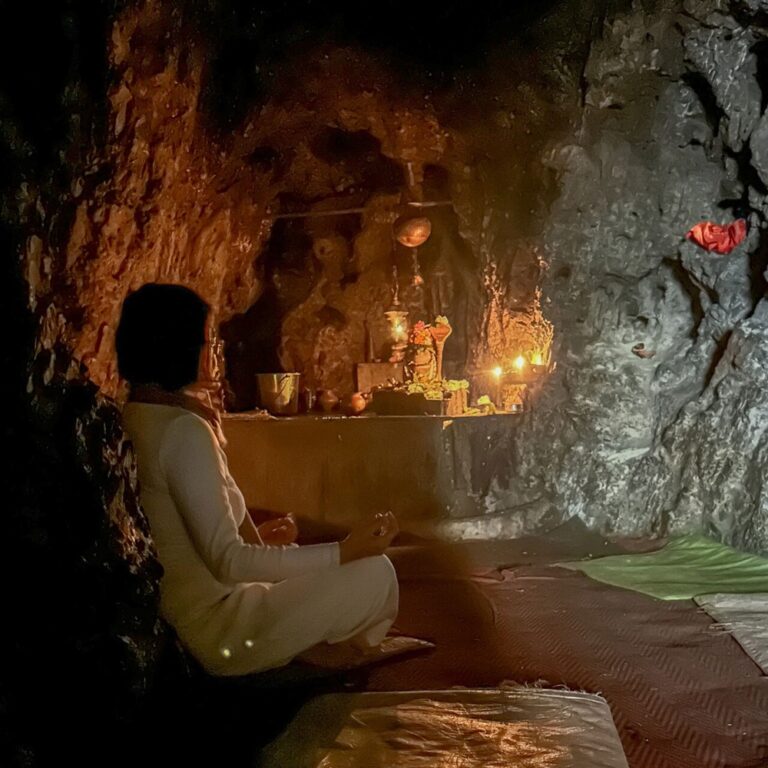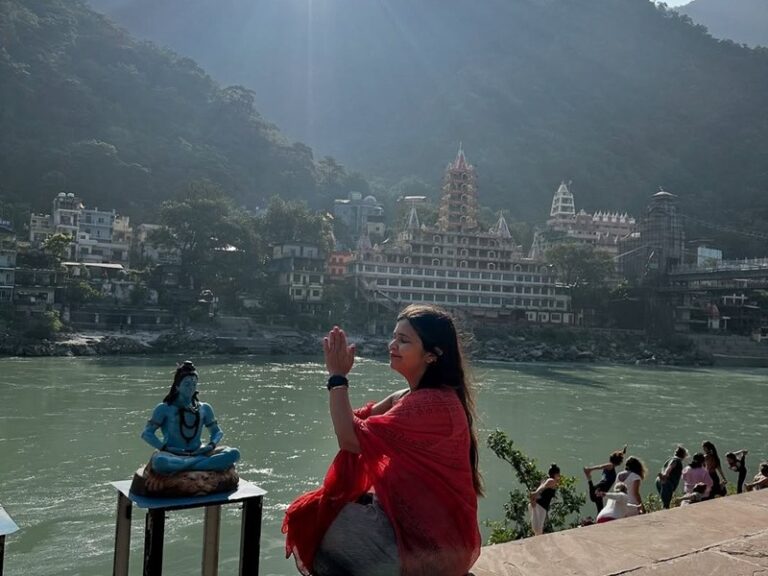Discover Ram Ghat Ayodhya on the bank of the Saryu River
Ram Ghat Ayodhya also famous as Ram Ki Paidi Ghat, is a significant pilgrimage site located just 3 km away from Ayodhya Junction. Situated on the banks of the holy Saryu River, this ghat is one of the cherished places to visit in the sacred city of Ayodhya.
Ram Ghat Ayodhya is a set of steps leading to Naya Ghat. It allows devotees to reach the holy Saryu River. The old steps were swept away by the river’s strong currents, but a new set was built in 1984-1985, thanks to the teamwork of Chief Minister Shri Shripati Mishra and Irrigation Minister Shri Vir Bahadur Singh.
The riverfront view from Ram Ghat Ayodhya is truly majestic, especially when illuminated at night. This ghat becomes a focal point for devotees during festivals associated with Lord Shri Ram. One of the most grand and captivating events in Ayodhya.
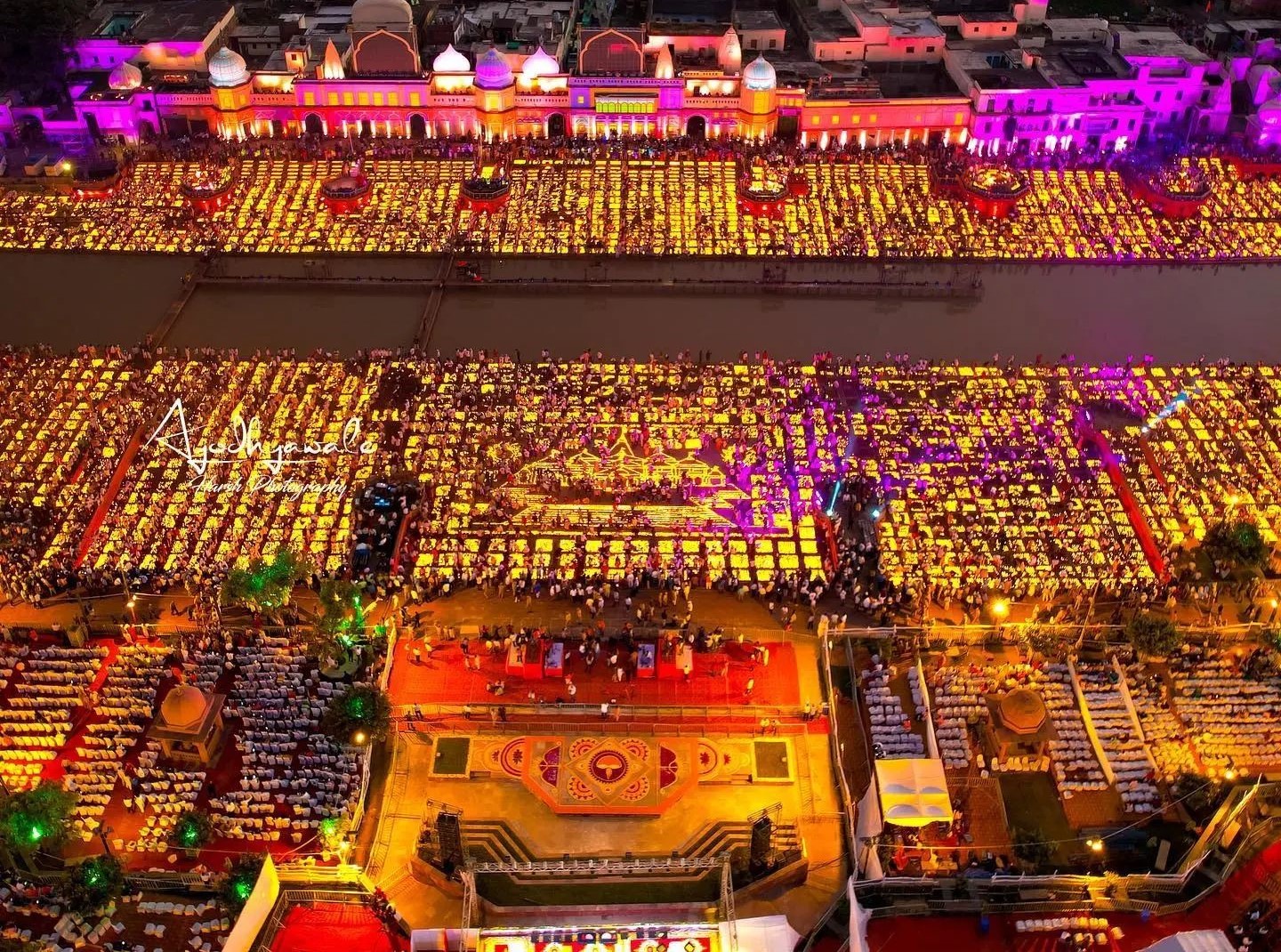
Ayodhya Ram Ghat Deepotsav
Ayodhya Deepotsav celebration takes place on the Ram-Ki-Paidi during Diwali each year. In fact, during Diwali in 2019, Ayodhya made history by setting a Guinness World Record, lighting an astonishing 450,000 diyas on Ram Ki Paidi.
Ram Ghat Ayodhya stands as a symbol of devotion and spirituality. It draws countless pilgrims and visitors who seek to connect with the divine and immerse themselves in the rich heritage of Ayodhya.
Here is the list of the 12 major Ghats along the banks of the Saryu River:
-
Guptar Ghat
-
Kaikeyi Ghat
-
Kaushalya Ghat
-
Papmochan Ghat
-
Laxman Ghat or Sahasradhara Ghat
-
Loanmochan Ghat
-
Shivala Ghat
-
Jatayu Ghat
-
Ahilyabai Ghat
-
Dhaurahara Ghat
-
Naya Ghat
-
Janaki Ghat
Guptar Ghat:
Guptar Ghat, also called the Secret Ghat, is a special place by the Saryu River. It’s where Lord Shri Ram, along with many people from Ayodhya, took a special water bath before leaving for Saket Dham. People believe that if you take a dip in this water, you’ll go to God’s home and not have to face tough times in Yampuri.

Historical Renovation
In the 19th century, Raja Darshan Singh undertook a commendable effort to renovate Guptar Ghat. You can explore the ghat’s spiritual treasures, including the Ram Janaki Temple, Old Charan Paduka Temple, Narasimha Temple, and Hanuman Temple.
Scenic Surroundings Adjacent to the Ram Ghat Ayodhya, you’ll find a military temple, a well-maintained company garden from the British era, and a government garden where city residents gather to celebrate holidays with their families. A stone’s throw away stands the historical fort, built by Nawab Shuja-ud-Daula after his victorious battle at Buxar.
Boating and Natural Beauty One cannot miss the pleasure of boating along the Saryu River. The lush greenery that blankets the sandy plains along the coast, the tranquil atmosphere, and the mesmerizing hues of the sunset create an irresistible allure for visitors.
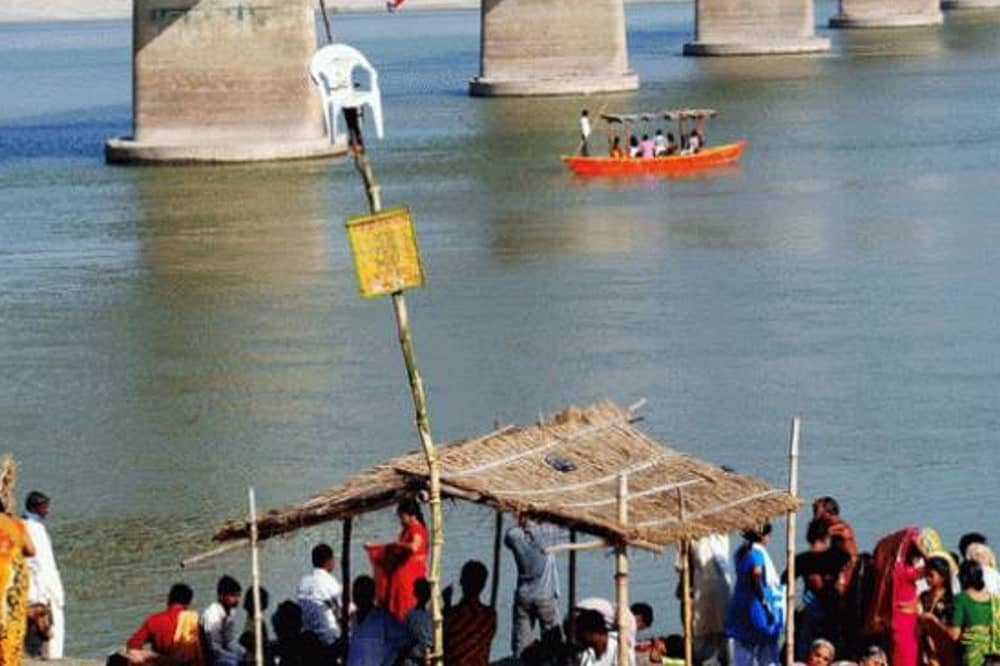
Sahasradhara Ghat:
Our next stop is Sahasradhara Ghat, a place filled with ancient stories. People believe that Lakshmanji turned into a divine snake called Sheshnag here. Now, there’s a special temple called Sheshavatar Temple to remember him, and it’s a very spiritual place.
Sahasradhara Ghat is a special place with a big warning: Don’t tell lies there! People believe that if you tell lies, something very bad might happen.
On a special day called Nag Panchami, they have a big fair there. It’s like a big party with rides and games. They also pray at the Sheshavatar Temple, which is very important on this day.
Conclusion
Ram Ghat Ayodhya is not just historic site. But a testament to the rich tapestry of mythology and spirituality that weaves through this timeless city. As you explore Ram Ghat Ayodhya & Guptar Ghat’s hidden sanctuaries and Sahasradhara Ghat’s divine aura.
You’ll find yourself immersed in a spiritual journey like no other. Ayodhya, with its ancient tales and serene Ram Ghat Ayodhya, beckons travelers seeking to connect with their inner selves and bask in the divine embrace of Lord Shri Ram’s birthplace.



